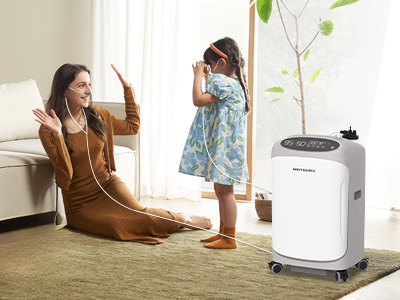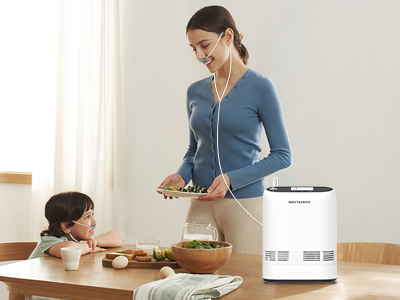13 Jan 2025
For many patients, the road to recovery doesn’t end when they leave the hospital. For those with respiratory conditions or reduced oxygen levels, transitioning to home oxygen therapy becomes a vital part of healing. This therapy not only supports physical recovery but also helps patients regain independence and improve their quality of life in a safe and controlled environment.

Understanding the Need for Home Oxygen
Supplemental oxygen after a hospital stay is often prescribed for individuals with chronic obstructive pulmonary disease (COPD), pneumonia, or severe COVID-19 complications. It’s also critical for patients with heart failure or interstitial lung disease, where oxygen levels drop below the body’s needs. Symptoms such as persistent shortness of breath, rapid heartbeat, and fatigue are clear indicators that oxygen therapy may be necessary to aid in the healing process.
Types of Home Oxygen Systems
Home oxygen therapy offers several equipment options to cater to different needs. Oxygen concentrators, which extract oxygen from the air, are highly convenient for daily use. Traditional oxygen tanks store compressed oxygen but are bulkier, while liquid oxygen systems are more compact and portable. Each system has its merits: concentrators are cost-effective for long-term use, while liquid oxygen is ideal for active individuals. Understanding these options ensures a tailored solution for every patient.
Setting Up Home Oxygen Therapy
Transitioning to home oxygen requires careful preparation. Designating a safe and well-ventilated space for the equipment is paramount. Oxygen devices should be kept away from heat sources, open flames, and combustible materials. During setup, it’s essential to test the equipment with a healthcare professional to ensure the prescribed flow rate is correctly administered. Proper setup minimizes risks and promotes safe, effective therapy.
Adjusting to Life with Home Oxygen
The initial adjustment to oxygen therapy can be daunting. Many patients find wearing nasal cannulas or masks uncomfortable at first. However, with time and patience, these become part of daily life. Staying active is crucial—simple exercises, guided by a medical professional, can improve lung capacity and overall well-being. Creating a routine that incorporates regular breaks and proper hydration helps ease the transition to life with supplemental oxygen.

Maintaining and Monitoring Oxygen Equipment
Like any medical device, oxygen equipment requires routine maintenance. For concentrators, regular filter cleaning and system checks are necessary to ensure optimal performance. Tanks should be inspected for leaks or damages, while tubing must remain free of kinks or blockages. Learning to identify common issues, such as alarm sounds or reduced oxygen flow, empowers patients to address problems promptly and safely.
Emotional and Psychological Support
The lifestyle changes accompanying home oxygen therapy can feel overwhelming, particularly for those unaccustomed to medical equipment. Patients may experience frustration, anxiety, or even depression. Engaging with support groups, either in person or online, can provide solace and encouragement. Additionally, counseling services and patient advocacy programs help individuals navigate the emotional challenges of long-term oxygen therapy.
Follow-Up Care and Medical Oversight
Close collaboration with healthcare providers is key to successful home oxygen therapy. Regular follow-up appointments allow doctors to assess oxygen levels and make necessary adjustments. Pulmonologists may recommend arterial blood gas tests or oximetry evaluations to monitor progress. Patients should communicate openly about their experiences to ensure their therapy aligns with their evolving needs.
Emergency Preparedness for Home Oxygen Users
Emergencies can arise unexpectedly, making preparedness vital for oxygen users. Having a backup oxygen tank or battery-operated concentrator is essential for power outages. Patients should maintain a checklist of local suppliers and emergency contacts for immediate assistance. Storing a portable oxygen device ensures uninterrupted therapy during evacuations or severe weather events, providing peace of mind in uncertain situations.
Conclusion
With proper preparation, diligent maintenance, and emotional resilience, patients can embrace this transition confidently. While challenges may arise, the benefits of improved health and renewed independence far outweigh the adjustments required. Through home oxygen therapy, the path to recovery becomes not just achievable, but empowering.
Keywords: oxygen therapy
Originally published 13 Jan 2025, updated 13 Jan 2025.